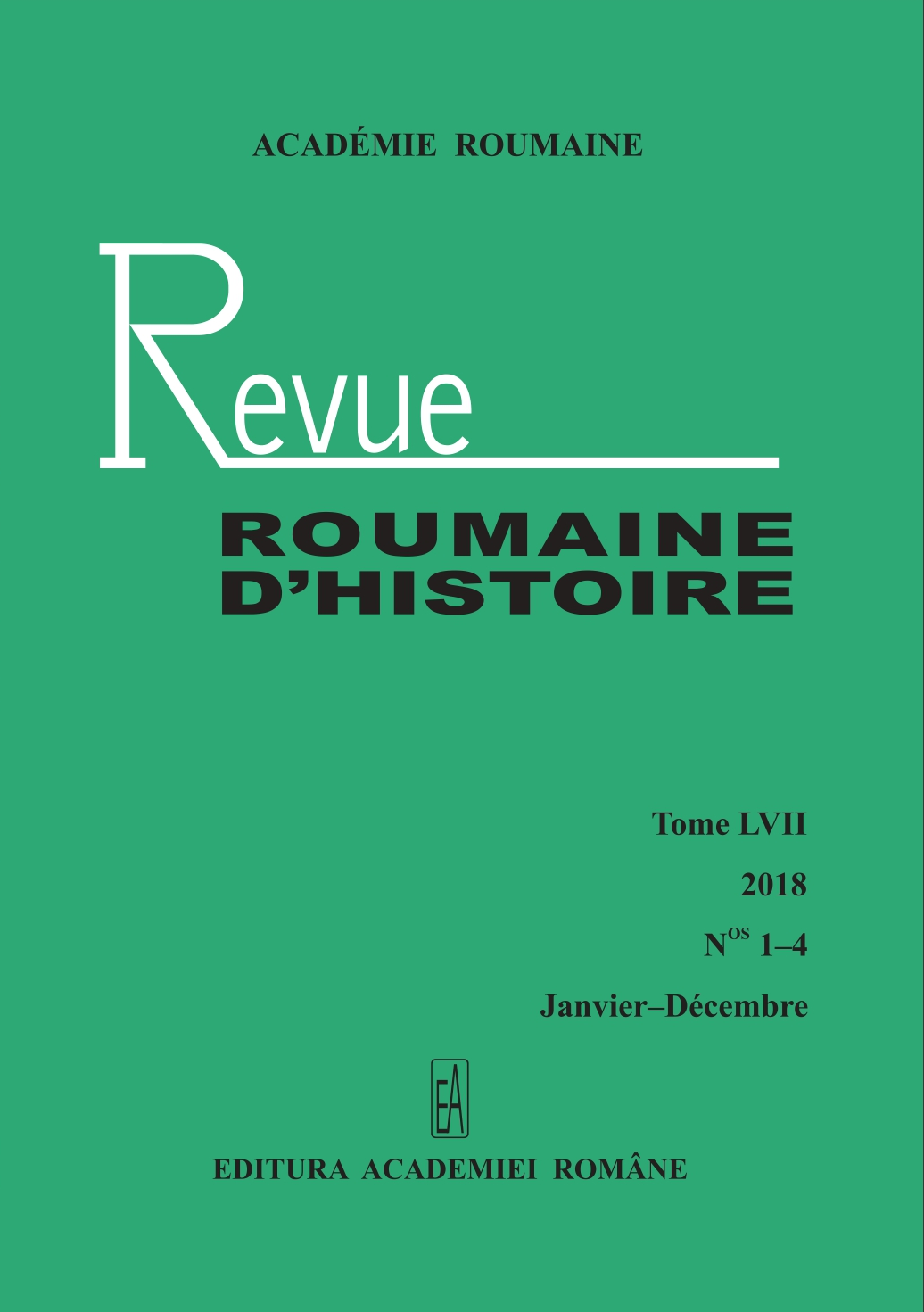The Viewpoints and Stances of the Banat Germans on the Great Union
The Viewpoints and Stances of the Banat Germans on the Great Union
Author(s): Rudolf GräfSubject(s): History, Local History / Microhistory, Political history, Pre-WW I & WW I (1900 -1919)
Published by: Editura Academiei Române
Keywords: Banat Swabians; Edmund Steinacker; Rudolf Brandsch; First World War; Austria-Hungary; Trianon Treaty; Transylvanian Saxons;
Summary/Abstract: The author has researched the older and new literature pertaining to the history of the Banat Germans in the 19 th and 20 th centuries. He attempts to illustrate the politicization process of the Banat Swabians, which took place especially in the second half of the 19 th century and the beginning of the 20 th century. The author regards this process as one of political maturation. At the end of the First World War, it allowed the Banat Germans to take decisions that determined their destiny for the next half of the century, rather than setting their course for the entire 20th century.The Banat Swabians were confronted with the following issues and events at the end of the war: the preservation of the territorial or economic unity of the historical Banat, the declaration of the Great Romanian National Assembly of Alba Iulia, and the danger represented by the Hungarian Socialist Republic for the peasants and citizens of Banat. The possibilities of the Swabians under these circumstances and the different opinions of the various political groups of the Banat Germans (radicals and moderates for or against the union with Romania) have led to the decision of the Banat Swabians for the inclusion of the undivided Banat in Romania. Their resolutions were sent to the Paris Peace Conference, the Romanian Ruling Council of Transylvania, and to the King of Romania.
Journal: Revue Roumaine d’Histoire / Romanian Journal of History
- Issue Year: LVII/2018
- Issue No: 1-4
- Page Range: 71-87
- Page Count: 17
- Language: English

